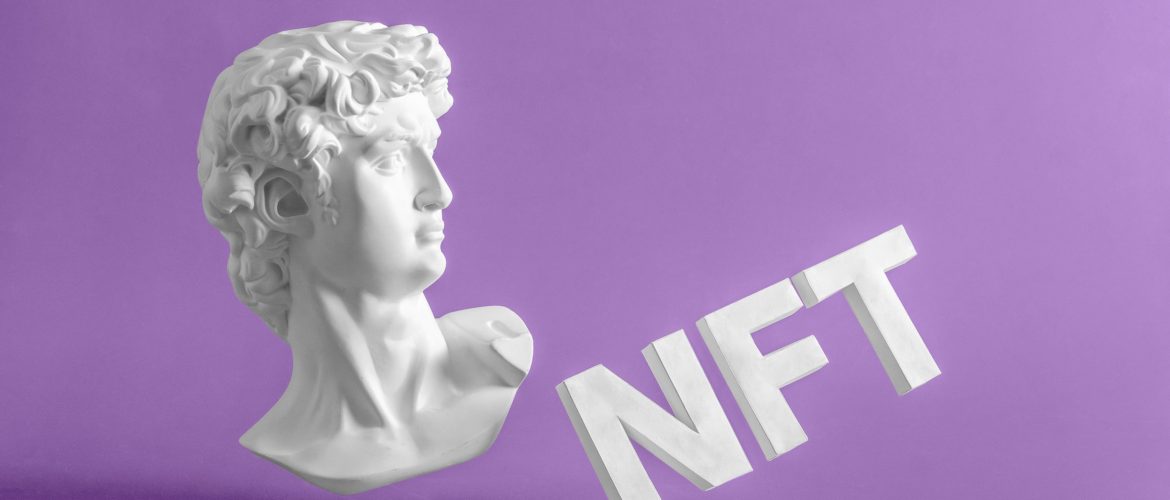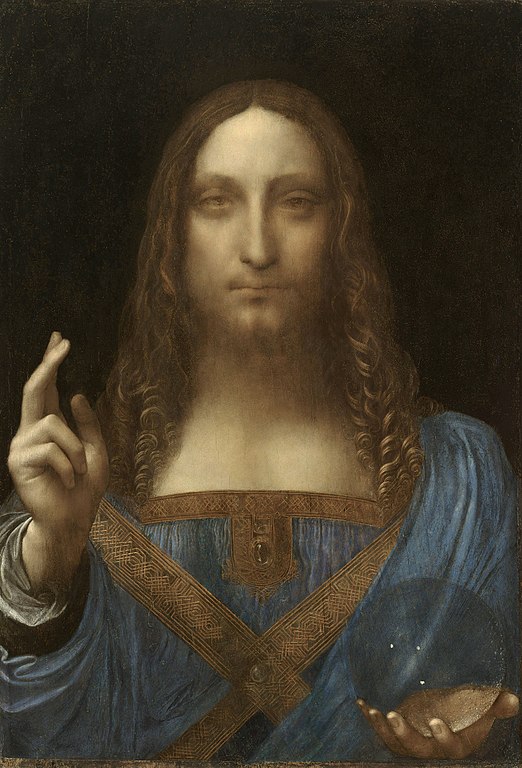A Famous Painting by Leonardo da Vinci to Be Turned into an NFT

While the NFT market has been in an uncertain place lately, it continues to set records for some of the most high-grossing digital art purchases in history. The painting titled Salvator Mundi, which is attributed to Leonardo da Vinci, has returned to the spotlight once again, but this time in the form of a non-fungible token. The most expensive painting in the world, it was sold for over $450m at Christie’s New York. Today, ElmonX and Bridgeman Images are planning to sell it yet again. The companies already have the experience of turning other legendary masterpieces into NFTs, including another one of Leonardo da Vinci’s pieces, Mona Lisa.
A Famous Painting by Leonardo da Vinci to Be Turned into an NFT
Bridgeman Images, a company licensing works of fine art for reproduction, and the NFT marketplace ElmonX are collaborating on making an NFT out of the world’s most expensive painting, Salvator Mundi. The original physical piece was sold at Christie’s in 2017 for $450m, the highest a painting by an Old Master has ever been purchased for. Today, the location of the original Renaissance canvas remains unknown.
About Salvator Mundi
Salvator Mundi dates back to around the end of the 15th century. The painting depicts Jesus in blue vestments, holding a crystal orb that symbolizes the “celestial sphere.” While it was sold as a work by Leonardo da Vinci, its attribution caused controversy. Some scholars still believe it was created by one of the great master’s students. We currently know of around thirty existing copies of Salvator Mundi painted by da Vinci’s disciples.
Bridgeman Images and ElmonX are not the first to attempt to sell an NFT of Salvator Mundi. In 2019, Ben Lewis, a British art historian and author, created one of his own and aimed to sell it for around the same price the original painting was sold at Christie’s. Salvator Metaversi, the tongue-in-cheek name of the NFT, depicted the Savior holding a stack of bills instead of a globe.
It is clear that there is something that keeps attracting NFT admirers toward classical works of art. Some might argue it is their timelessness and relevance. Others might suggest that it is the blurry copyright boundaries of certain historical masterpieces that have already entered the “public domain.” While the reasons are not exactly clear, it is fascinating to watch how the art market will adapt to the changes introduced by this still-growing field.

